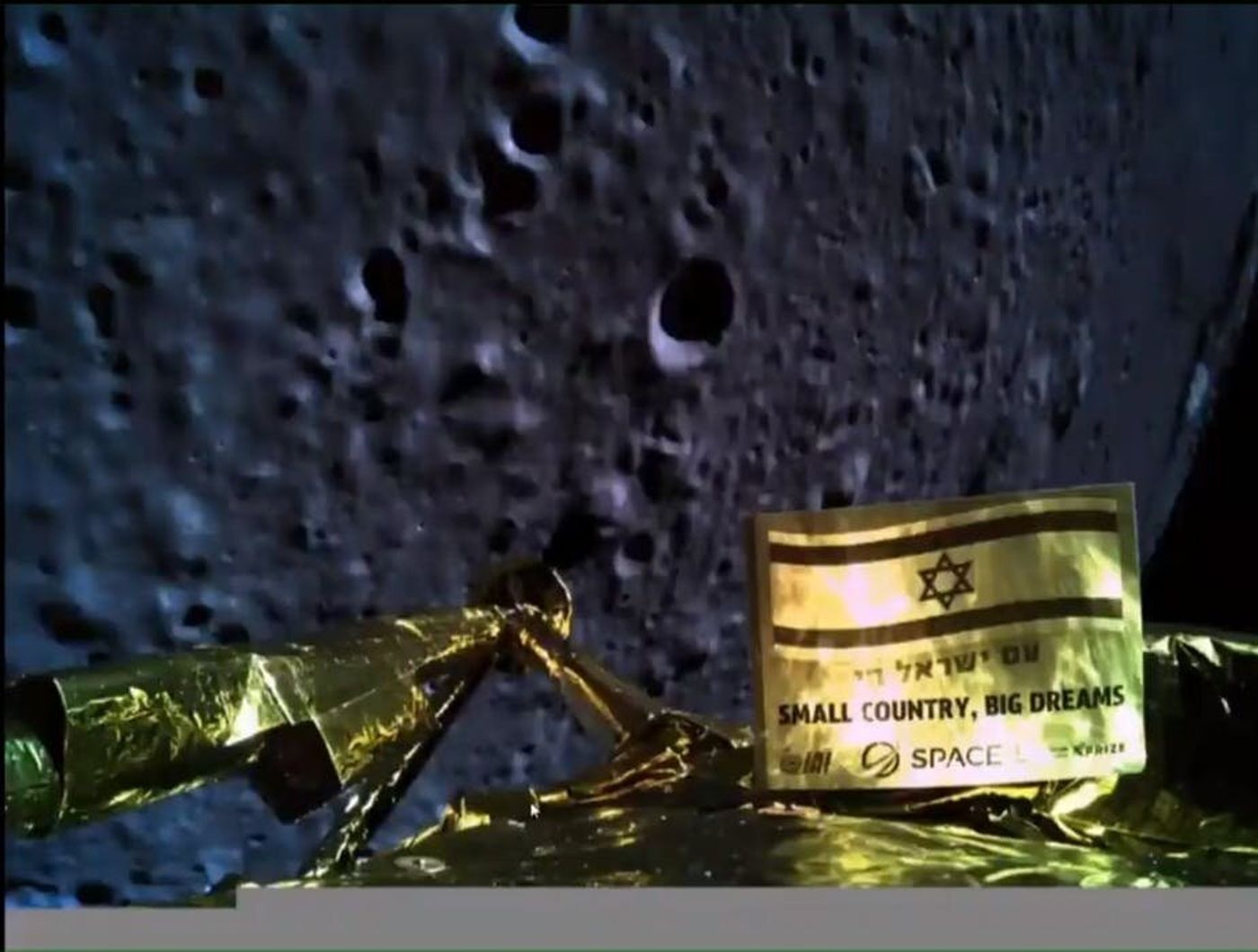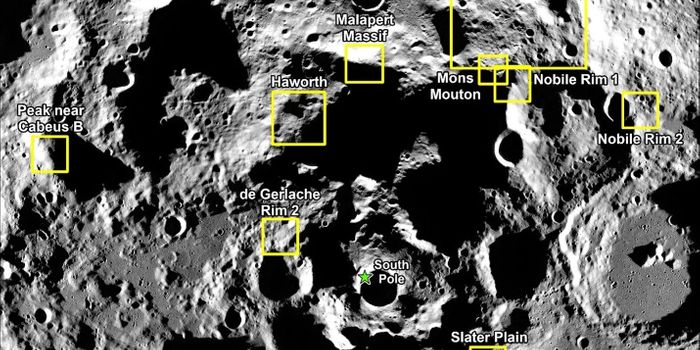Israel's Attempt to Land its Beresheet Spacecraft on the Moon Ends in a Crash
During SpaceX’s second Falcon 9 rocket launch of 2019, which transpired back in February, the commercial space company assisted Israel in ferrying SpaceIL’s Beresheet lunar lander to space such that it could go on to become the first privately-funded spacecraft to land on the Moon.
Image Credit: SpaceIL
After much anticipation, however, things didn’t quite go according to plan for Israel or SpaceIL. Soon after snapping a selfie almost 13 miles away from the Moon’s surface, something went wrong; the Beresheet spacecraft spiraled out of control and ultimately crashed into the Moon’s surface instead of performing the soft landing that was planned.
Just like most other modern spacecraft that go on otherworldly missions, Beresheet was designed to land autonomously without any human intervention. Unfortunately, it was moving too quickly as it approached the lunar surface, and a technical glitch prevented the spacecraft’s engines from slowing it down fast enough to conduct a soft landing.
The specific details surrounding the technical glitch that caused the botched landing are sparse; so much so that SpaceIL has not yet identified the root cause. That aside, the preliminary data suggests that the engine wasn’t at fault. Instead, it’s more likely that a sensor went on the fritz, feeding ill data to the onboard computer and ultimately resulting in a catastrophic failure.
“It appears that a glitch, perhaps with a sensor, may have caused the onboard computer to erroneously shut down the main engine,” senior propulsion engineer Robert Wescott told the BBC. "By the time they had reset the system, and the engine successfully restarted it was too late to slow the lander down for the soft landing. It looks like our engine performed nominally though."
Related: China grew plants on the Moon for the first time, but they didn't last long
As you might come to expect, no one involved in the project is willing to settle the mess based on a he-said, she-said basis. Further investigations involving a fuller sweep of the data are planned in coming weeks to identify the fault that caused the crash landing.
In addition to dissecting the spacecraft’s final words (or should we say data?), the team plans to work with NASA to obtain images of the crash site with the help of the American space agency’s Lunar Reconnaissance Orbiter Camera (LROC). These images will give all parties a better look at the damage, and perhaps provide clues about what went wrong during the crash landing.
Although his Beresheet mission was unsuccessful landing softly on the lunar surface, the team behind its conception note that there will eventually be a follow-up mission and that things should go differently the second time around. On the other hand, there’s no ETA concerning when the team will give it another go.









